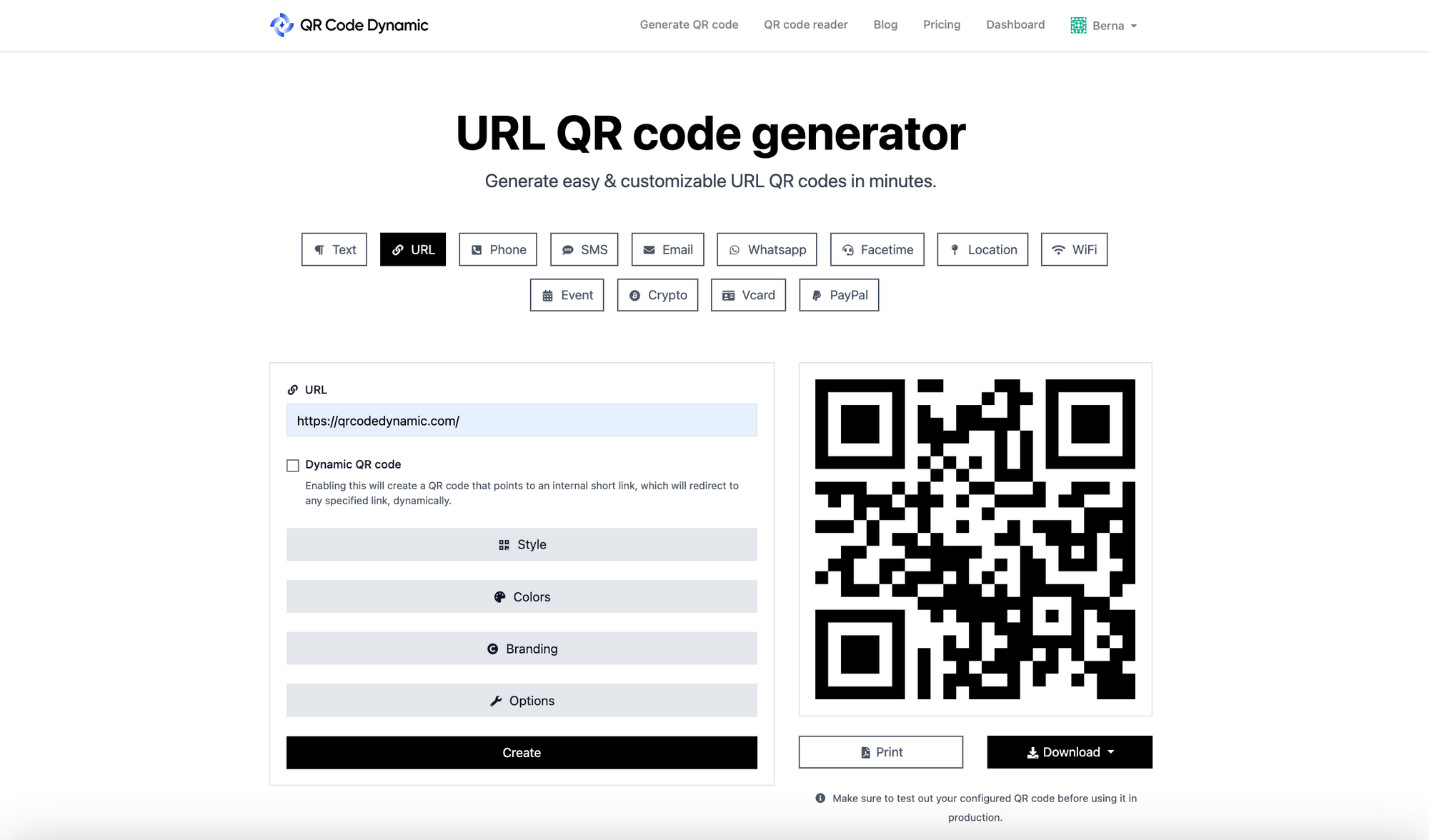Rise Consumer Lifetime Value with a Strategic Loyalty System
Rise Consumer Lifetime Value with a Strategic Loyalty System
Blog Article
Increase Customer Retention With a Powerful Commitment System
In today's competitive market, boosting customer retention is not just advantageous but essential for sustained growth. A well-designed commitment system serves as a crucial device in this undertaking, promoting meaningful partnerships in between businesses and their clients. By understanding the basic components of reliable loyalty programs, companies can tailor their strategies to meet diverse customer requirements.
Value of Consumer Retention
Customer retention is a foundation of sustainable company success. It reflects the ability of a business to maintain its consumers satisfied and engaged gradually, resulting in duplicate acquisitions and long-term success. Maintaining existing consumers is frequently much more cost-efficient than acquiring new ones, as it minimizes marketing expenses and cultivates a devoted consumer base that promotes for the brand.

Additionally, high customer retention prices can enhance a business's credibility on the market, bring in brand-new consumers via positive word-of-mouth and recommendations. Organizations that focus on customer retention are additionally better placed to collect useful responses, allowing them to fine-tune their offerings and address possible issues proactively. Inevitably, effective client retention strategies produce a solid structure for development, allowing companies to prosper in a progressively competitive landscape.
Trick Parts of Loyalty Programs
A properly designed commitment program works as an effective device for boosting client retention by providing motivations that motivate repeat service. To attain this, a number of crucial elements must be incorporated into the program.
First, a clear structure for incentives is necessary. Consumers should conveniently comprehend just how to earn points or incentives, which can be based on purchase frequency, costs levels, or certain actions like recommendations. This transparency cultivates trust and inspires interaction.
Second, personalization plays a vital role. Customizing benefits and communication to individual choices enhances client fulfillment and reinforces partnerships. By leveraging data analytics, organizations can supply targeted promos that reverberate with clients' rate of interests.
Third, ease of usage is crucial. A smooth sign-up process and an user-friendly user interface for tracking benefits can dramatically enhance client experience. They may disengage. if clients locate it difficult to navigate the program.
Lastly, regular communication and updates about the program maintain it top-of-mind for customers. Informing them of brand-new rewards, exclusive deals, or program modifications assists keep rate of interest and interaction.
Including these elements effectively can result in a more effective commitment program that considerably enhances client retention.
Kinds Of Commitment Systems
Checking out various sorts of commitment systems reveals distinct approaches that businesses can take on to cultivate consumer retention. One common kind is the points-based system, where clients make factors for every purchase, which can later on be redeemed for benefits. This simple approach incentivizes repeat acquisitions and maintains consumers involved.

Cashback loyalty programs, where consumers obtain a percentage of their acquisitions back as cash money or store credit, are additionally popular. This version straight compensates costs, producing a prompt incentive for customers to return.
In addition, subscription-based loyalty systems offer customers with exclusive benefits in exchange for a repeating fee. This method not only makes sure a steady income stream but also promotes long-term relationships with clients that value continuous advantages.
Finally, experiential commitment programs concentrate on supplying special experiences, such as unique occasions or personalized solutions, boosting emotional connections and brand commitment. Each sort of commitment system offers special advantages, enabling companies to align their strategies with client choices.
Best Practices for Implementation
When executing a loyalty system, organizations need to focus on comprehending their client base to tailor the program properly. Conducting detailed research to determine consumer habits, motivations, and preferences is important. This understanding will assist the style of the commitment program, guaranteeing it reverberates with the target market.
Picking a version that lines up with client expectations can enhance involvement. Furthermore, simplicity is critical; consumers must easily understand how to earn and redeem incentives.
The commitment program should seamlessly link with point-of-sale systems, mobile apps, and customer connection administration (CRM) tools to give a natural experience. Companies ought to on a regular basis advertise the commitment program via different networks, guaranteeing clients are mindful of the advantages.
Lastly, gathering continuous comments is necessary for continuous enhancement. Solicit consumer input to improve the program and adjust to transforming preferences, ultimately fostering long-term commitment and boosting consumer fulfillment.
Measuring Loyalty Program Success
Efficiently applying a commitment program lays the groundwork for news determining its effectiveness. To assess success, services should develop clear metrics that align with their purposes. Secret efficiency indications (KPIs), such as consumer retention rates, average purchase value, and regularity of repeat acquisitions, offer useful insights into program efficiency.
One more critical action is the redemption price, which shows how often clients use their incentives. A high redemption price typically mirrors a program's attractiveness and importance to consumers. In addition, tracking client interaction with engagement in special promotions or events can reveal trends in loyalty habits.
Client feedback is also crucial; surveys and focus groups can illuminate understandings of the loyalty program, highlighting areas for improvement. Furthermore, evaluating consumer lifetime value (CLV) can aid quantify the economic impact of commitment efforts.
Implementing these dimension approaches permits businesses to evaluate the program's effectiveness consistently. This data-driven method enables notified decisions for enhancing offerings, enhancing consumer experiences, and inevitably promoting deeper consumer commitment. By consistently evaluating these metrics, organizations can ensure their commitment programs evolve in tandem with client expectations and market characteristics.

Final Thought
To conclude, a well-structured commitment program considerably boosts client retention by fostering strong connections via customized benefits and effective communication. Applying finest methods makes sure that the program continues to be pertinent and straightforward, while constant comments assists in ongoing improvements. Eventually, an effective loyalty system not just improves link client fulfillment however also drives repeat purchases, developing a devoted customer base that is crucial for long-lasting business success and maintained success.
Keeping existing customers is often extra affordable than getting new ones, as it lowers advertising expenditures and fosters a devoted consumer base that promotes for the brand name.
In addition, high client retention prices can improve a business's reputation in the market, drawing in brand-new clients with favorable word-of-mouth and references.When implementing a loyalty system, organizations must focus on recognizing their consumer base to tailor the program properly. Services must regularly advertise the loyalty program via different networks, making certain clients are conscious More hints of the advantages.
Inevitably, a powerful loyalty system not only improves client complete satisfaction but additionally drives repeat purchases, developing a dedicated client base that is essential for lasting service success and maintained earnings.
Report this page